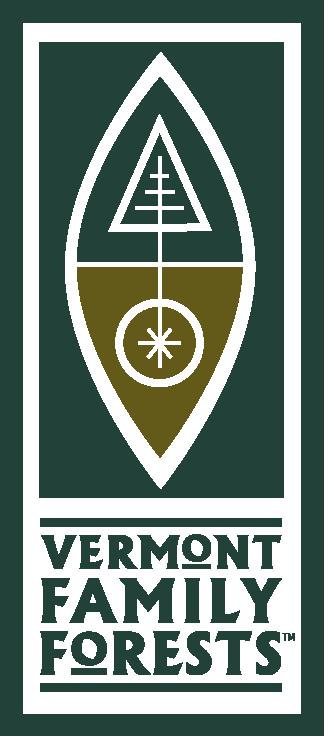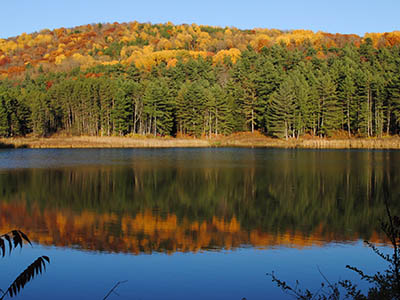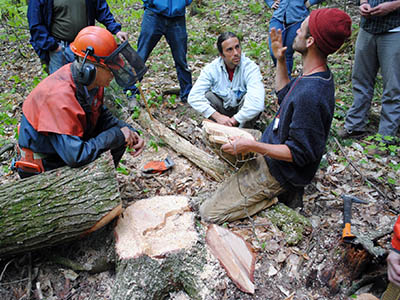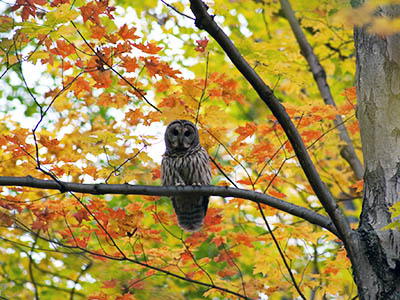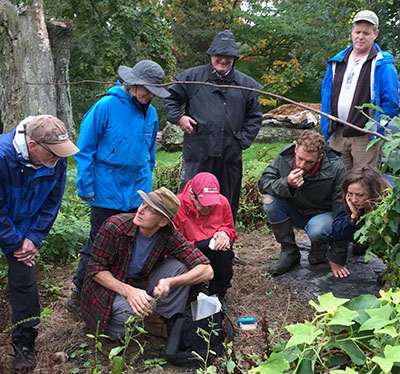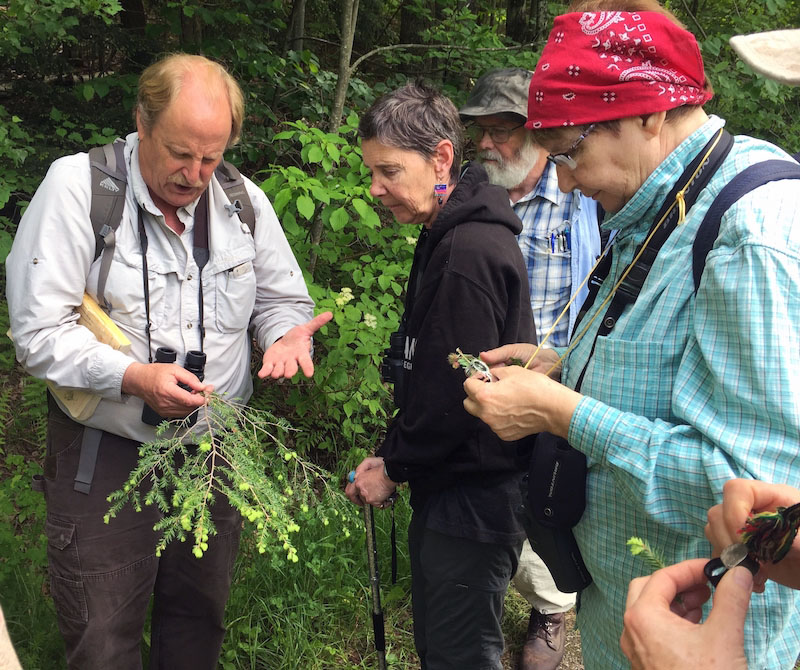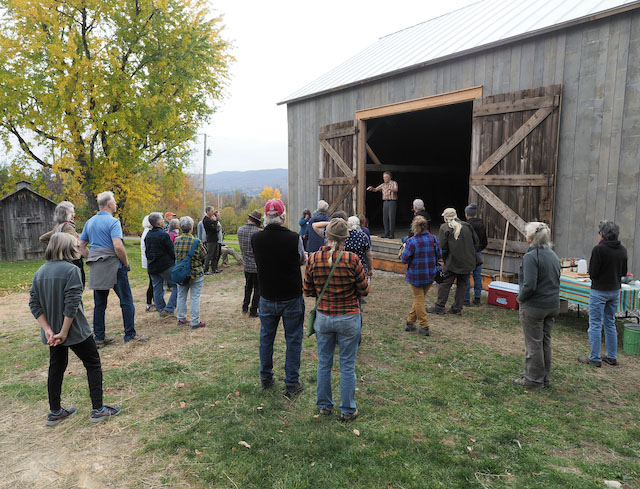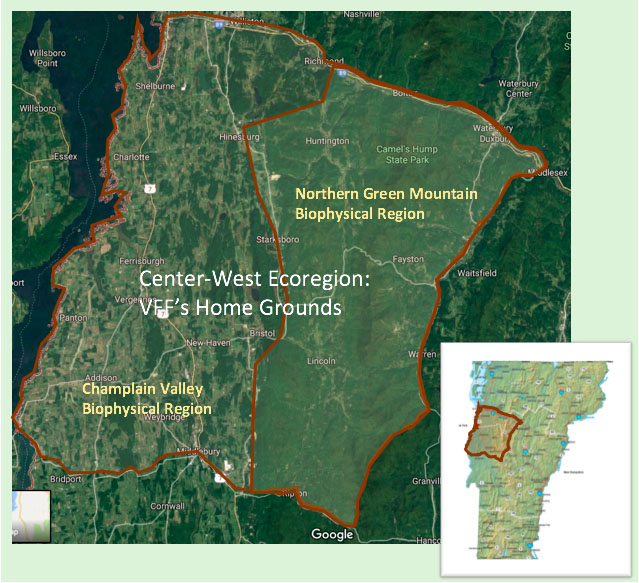Welcome to Vermont Family Forests
Everything our little organization does begins and ends with forest health. Whether we are meeting with a landowner to help them develop a forest conservation plan, or hosting a workshop on light-on-the-land forestry, or stoking the fires of engagement and conversation with pizzas baked in our wood-fired earth oven, we are guided by the intention to grow the health and wholeness of the forest community.
scroll down
Illustration generously shared courtesy Wetland, Woodland, Wildland: A Guide to the Natural Communities of Vermont, 2005, Vermont Fish and Wildlife Department and The Nature Conservancy
